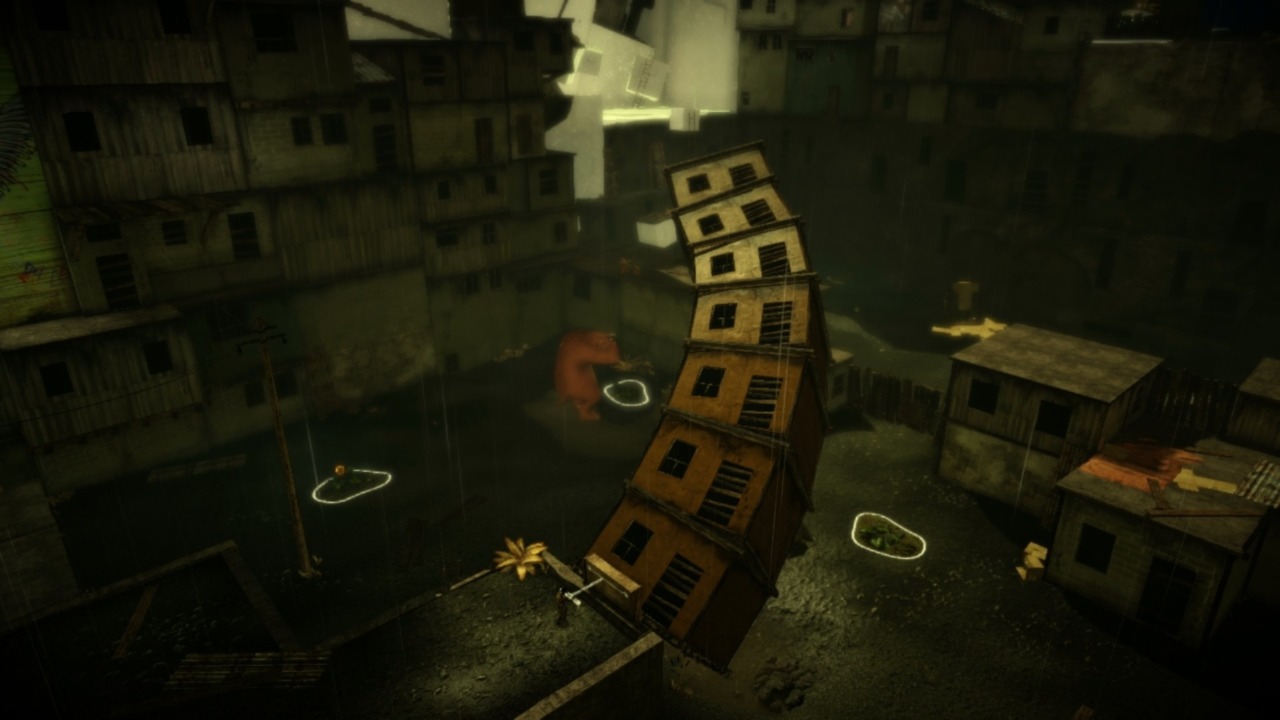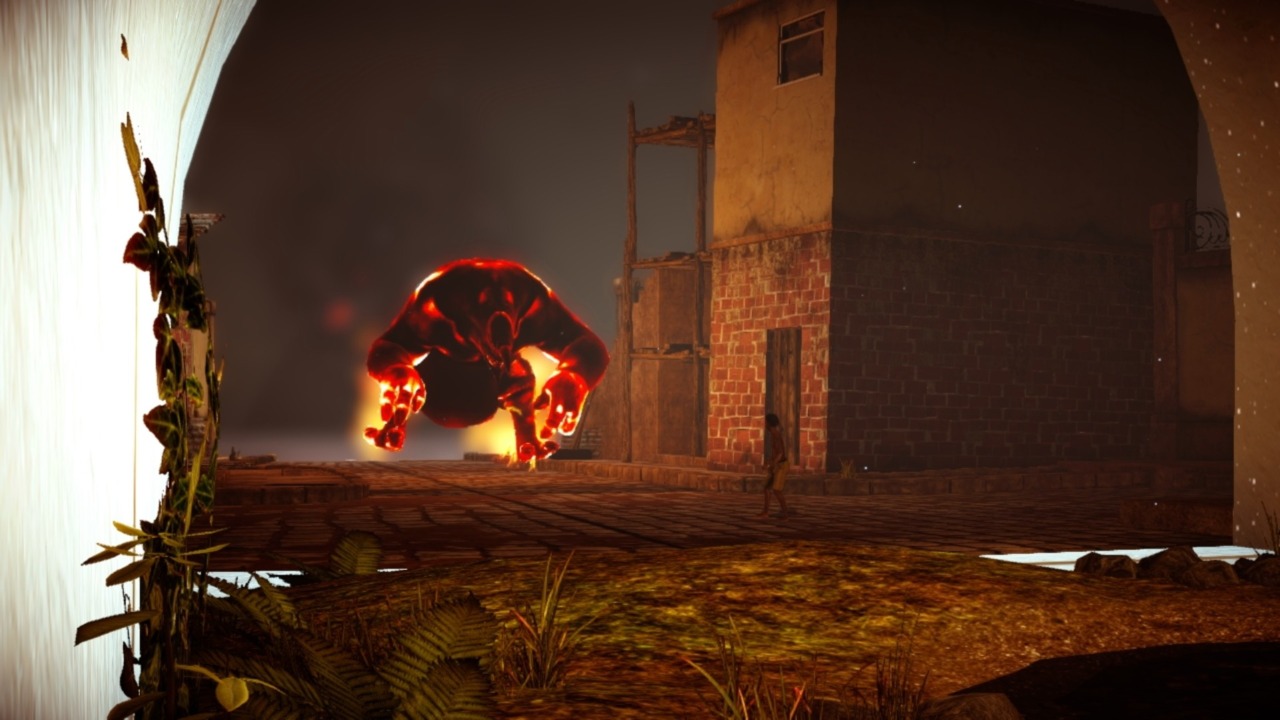A child's imagination is a powerful thing. It can imbue the world with wonders, taking the mundane and making it magical. It can also help a child cope with real-world fears that are much too big and scary to confront otherwise. For Quico, the young hero of Papo & Yo, his imagination serves both purposes. The game is wise and knowing about the ways in which a child's imagination can empower, and the ways in which it can obstruct, when push comes to shove and reality needs to be faced. As a puzzle-filled adventure, Papo & Yo is too easy to offer the stimulation and satisfaction that come from working out the solution to a perplexing conundrum. But as a journey into the world a child creates as an escape from the pain of reality, Papo & Yo is a beautiful experience that addresses serious issues with a deft, graceful touch. This PC version looks a little better and plays a little more smoothly, but it doesn't improve significantly on the already lovely PlayStation Network release of last year. Still, if you couldn't experience this meaningful game on the PlayStation 3, you should seize the opportunity to do so now.
As Quico, you follow your sometimes helpful, sometimes playfully cruel sister through a Latin American village that's made up of realistic pieces; the structures look as if they might be ordinary homes that ordinary families live in. But this is no ordinary place. From chalk outlines drawn by your sister on walls, doors spring into existence. By turning gears, you can make stairs slide out of walls. By pulling levers, you can peel back layers of the world. The gears, levers, keys, and other objects you can interact with give Quico some measure of power and control in this place--an important thing for a boy who, as an opening scene suggests, has little power and control in his unstable home life.
Quico's abilities are also empowering to you as a player. In an early puzzle, you come upon a vast divide separating you from where you need to go, and somehow, you must use the small boxes in front of you to bridge the gap. The instant you lift one is a magical moment, as it immediately becomes apparent what the boxes do. By moving the boxes, you are also moving large buildings around, restructuring the world to fit your needs and creating platforms that you can leap across to reach your destination.
This sensation of wonder is repeated again and again throughout the game in ways large and small. It is almost never challenging to figure out what you need to do to advance. Turning the available keys, pulling the available levers, and trying out anything else in the area that you can interact with generally makes the solution to your current predicament clear. But there's a tranquil pleasure in going through the motions and observing the magic that takes place, in seeing a stack of buildings grow taller and taller until you can twist it like a snake and run up it like a giant staircase.

Quico is not alone on this journey. He has his toy robot and trusty friend Lula, who can zip to faraway switches, help Quico jump farther, and offer words of encouragement. And then there's the monster named Monster, who is not just a companion in this story; he is at its thematic and emotional core. He's an imposing presence with his hefty frame and his sharp horn, but he's usually a docile creature, prone to dozing and easily led about with tantalizing lemons. Quico sometimes needs to bounce off of Monster's big belly to reach high places, or get him to stand on a specific spot to trigger a switch. Through these situations, the game creates a meaningful relationship between Quico and Monster, which is necessary for this story to have any power.
You see, Monster has a dark side. Frogs hop around in certain areas, and Monster can't resist eating the little critters. But whenever he does, he becomes a frightening, fiery creature who chases Quico and flings the poor boy through the air. There's no penalty for being caught by Monster--Quico can't die--but it's still painful to see him being savaged by the normally friendly beast. Only by finding rotten fruits can you purge Monster of the madness that overtakes him. Like all the other puzzles in Papo & Yo, those involving Monster's frog-induced rages aren't particularly challenging, but they have real emotional impact.

Quico's quest eventually requires him to seek a cure for Monster, and to say too much about how that progresses would risk spoiling the story. But suffice it to say that Papo & Yo doesn't disrespect its audience or trivialize its subject matter by offering easy, falsely comforting answers. Like all good fables and fairy tales, this story about a boy using his imagination as an instrument of perseverance in a painful world confronts painful truths in order to offer a realistic foundation for hope. It's that rare game that's good for children, not just as a distraction or a piece of entertainment, but as a nourishing tale that helps to make sense of a world that sometimes makes none at all. But you don't have to be a child to be enchanted by Papo & Yo. Even adults need to see the world through a child's eyes once in a while.